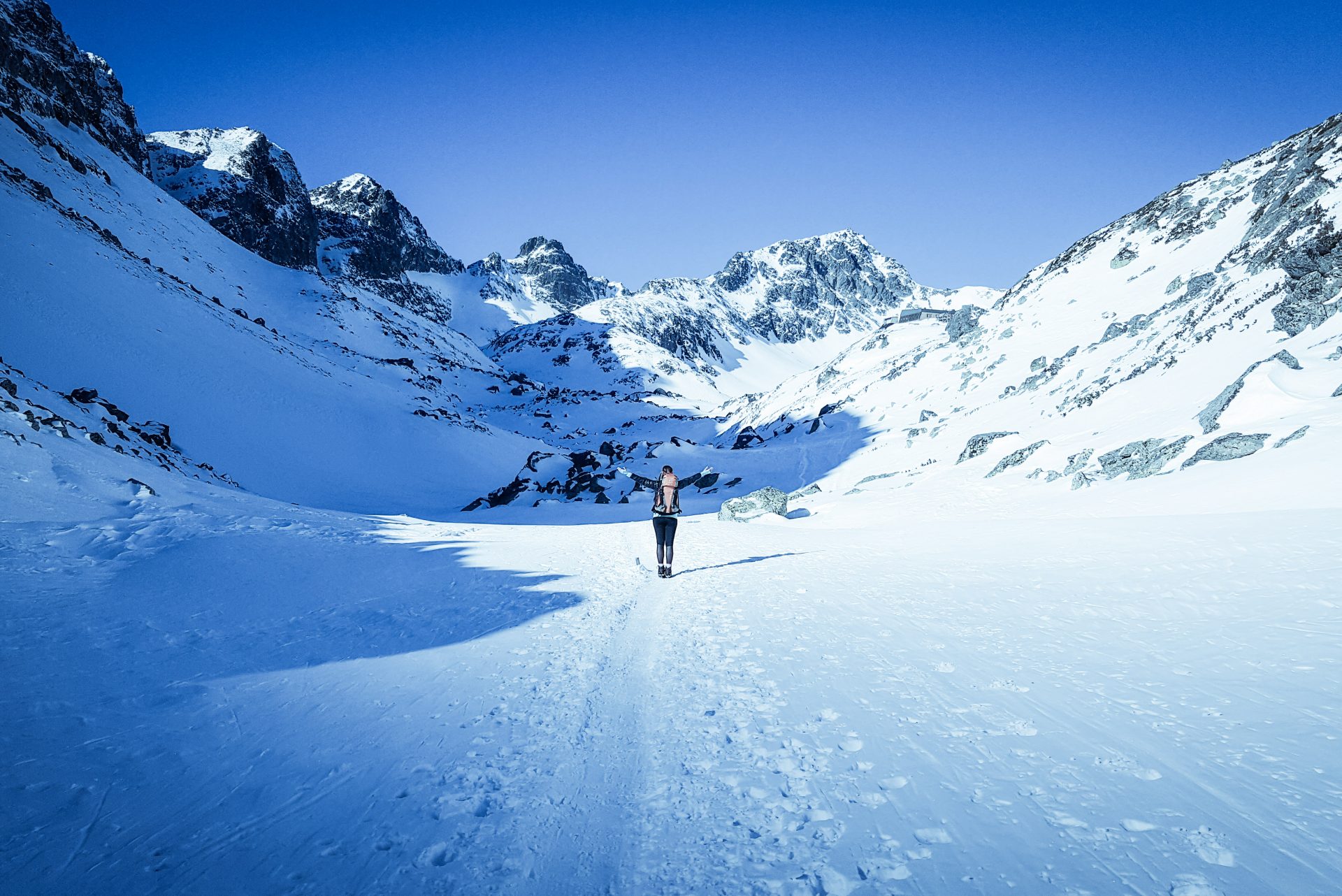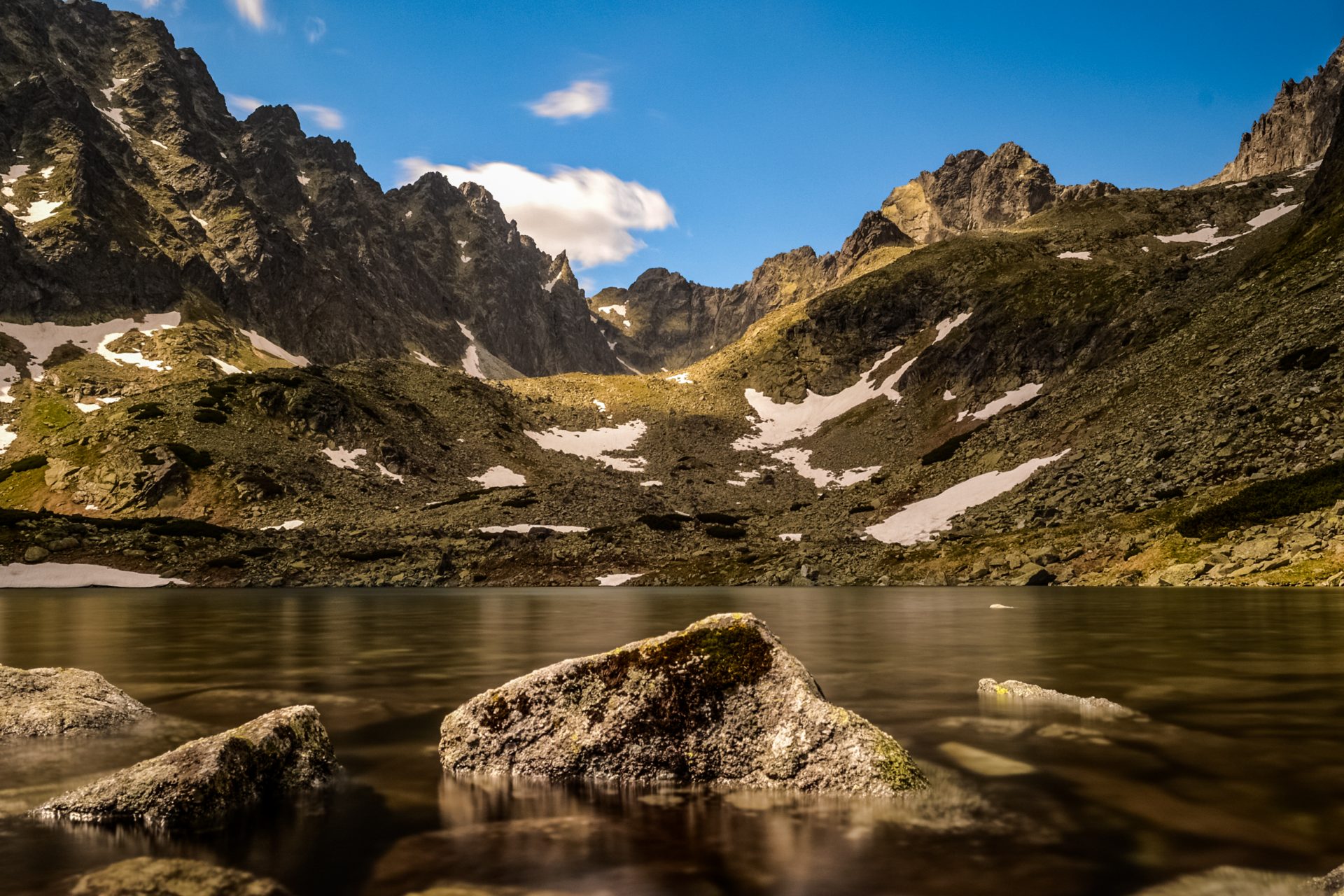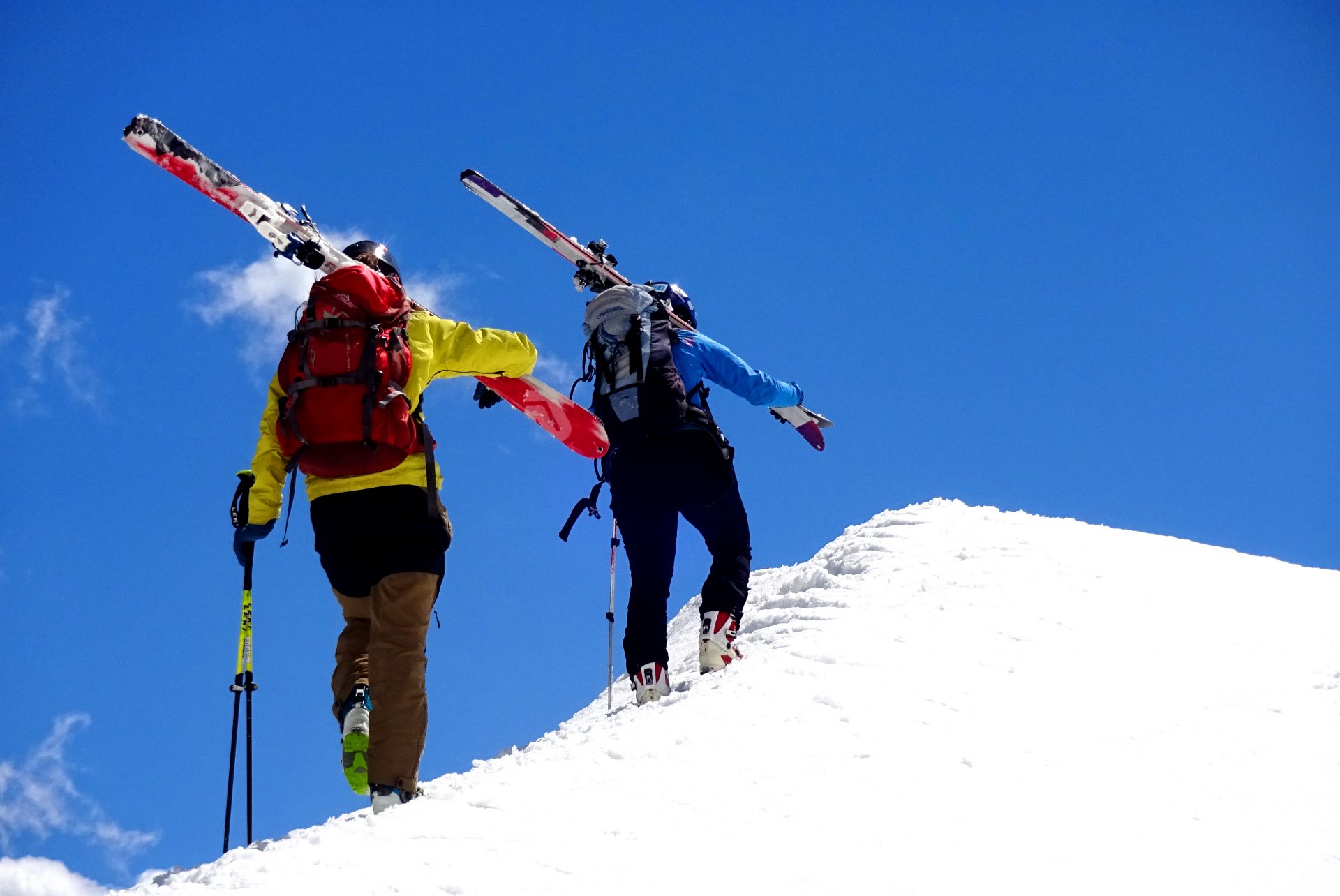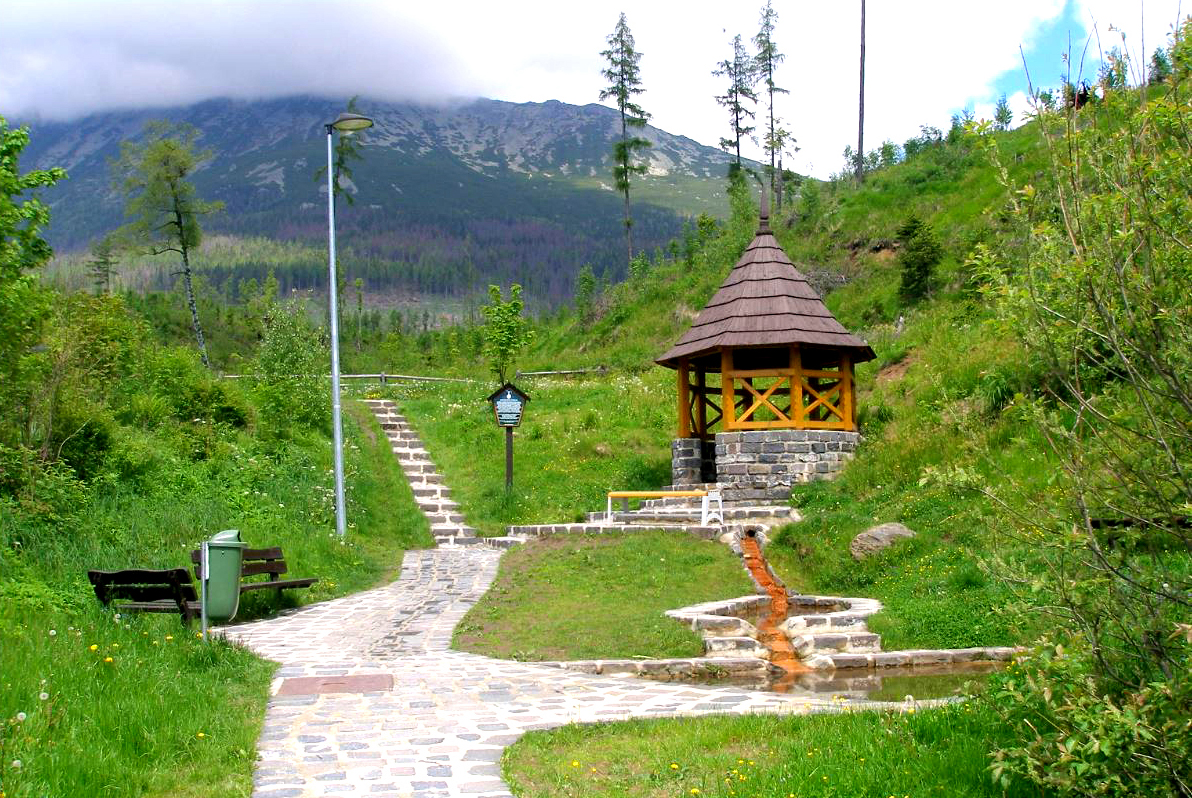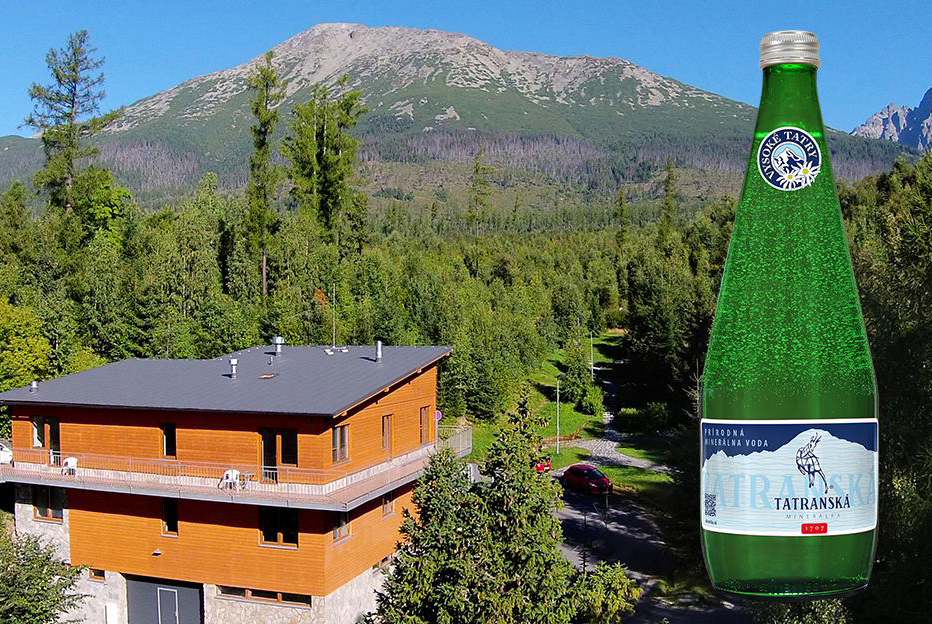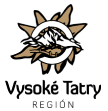HEALTH
Extraordinary purity of the air, high amounts of sunshine, saturation of the Tatra air with fragrant essential oils and many other aspects will convince you of the healing effects of a popular holiday destination. At higher altitudes, the amount of hemoglobin increases, but also the total amount of blood in the body. A change in the body is also caused by increased intensity of sunlight or increased atmospheric pressure. Extremely clean air consists of the fact that the High Tatras are located above the layer of dust and smoke zone, which makes the air almost free of bacteria and allergens. Sunlight is characterized by high amounts (annual average 1817 hours) and enhanced intensity of ultraviolet radiation, which is about 15 times higher compared to the urban climate. As far as atmospheric pressure is concerned, i.e. air pressure, it is a phenomenon caused by the weight of the air column extending from altitude to the upper limit of the atmosphere. In addition to altitude, this pressure is also affected by temperature or airflow. TATRAS AS A MEDICINE!
CLIMATOTHERAPY
The essence of a climatic spa stay is climatotherapy, i.e. a unique combination of mountain climate complemented by a stay in the fresh air. Active climatotherapy more precisely uses individual climatic factors such as wind, sun and shadow and their combination with kinesiotherapy (hiking), sports and outdoor activities and thus acts as a comprehensive therapy. The climate itself is characterized by relative stability and belongs to the permanent physical-geographical features of the place or landscape. The skin responds to thermal, mechanical, humidity, electromagnetic stimuli. The mucosa of the respiratory tract, in return reacts to gaseous components, aerosols and sensory organs that mediate olfactory, acoustic, and visual stimuli. During climate change, the body must adapt to the changed conditions in order to maintain a stable indoor environment. Climatic treatment was also dealt with by Dr. Szontagh, who, based on measurements and observations, was convinced that during the winter temperature inversions it is not only warmer at higher altitudes, but there are also significantly more sunny days. There is also a reduced oxygen tension, which is characterized by low air pressure, lower average temperature, and ozone saturation of the Tatra air. The High Tatras, therefore, offer many opportunities to combine these advantages into many beautiful walks with views of the Slovak peaks in a pleasant forest environment, which offers adequate humidity and saturation of the entire Tatra air. Climatotherapy has a favorable effect especially when it is different from the climate in which a person normally moves and localities with an altitude of 600 to 2500 meters above sea level are considered advantageous.
SPORT
Our body adapts to altitude almost instantly. Studies in athletes have shown that hemoglobin levels increase by about one percent per week spent in an alpine environment, which in turn results in an improvement in physical performance of one to three percent. At higher altitudes, the amount of hemoglobin increases but also the total amount of blood. The change in the body is also caused by the increased intensity of sunlight. At Štrbské Pleso there is also a similar atmospheric pressure as in the Alps at an altitude of 3000 meters above sea level and maybe that’s why athletes from all over the world come back to train here.
MINERAL SPRING KYSELKA IN STARÝ SMOKOVEC
Refreshing water springing from the southern slope of Slavkovský štít under the virgin subsoil at an altitude of 1030 meters above sea level was the strongest stimulus for the establishment of the first Tatra settlement, which inherited the name (Zmoka (black water chicken) / Šmeks (Schmecks, German – tasty) – Starý Smokovec. Already a royal official Juraj Wernher (1497-1567), captain of the Šariš castle, in his work “On the Wonderful Waters of Hungary” he wrote about the uniqueness of Tatra mineral water as well as teacher Juraj Buchholtz Sr. (1643-1724) in his biography from 1707. Among other things, he mentions the stylish construction of the first wooden log cabins, spa houses around the springs or water pumping. The mineral water spring is also mentioned by his son Jakub Buchholtz (1696-1758), Kežmarok needle maker, mineralogist and botanist, who led the imperial commission in 1751 in exploring the mineral wealth of Spiš. After examining several mineral sources, he recommended to people to drink mineral water from the Tatras daily, mainly for its healing and beneficial effects. With this attribute, full demijohns were regularly transported on the backs of donkeys and horses, even for the personal use of Queen Maria Theresa, to courtyard in Vienna (more than 400 km!). It had an orange color when the “kings” drank it, as there was no way to reduce the high iron content. A more detailed analysis of spring waters was carried out in 1772 by the Viennese professor Heinrich Johann Crantz, who discovered other important minerals in addition to carbon dioxide and iron. A highly regarded expert at the time, he described this water in his work as the best he had ever encountered. Even then, he proved that this sparkling and ferrous Tatra water cures nerve disorders, skin and movement diseases and also supports digestion. In the second half of the 19th century, two Smokovec springs were named Castor and Pollux, after the twins from Greek mythology. People often adapted and changed their names. It was also due to the fact that the water was drunk in large quantities throughout Hungary, under different names in each language.
TATRA MINERAL WATER
Today, the source of Smokovecká kyselka is freely accessible and very popular with locals or tourists. In 2017, the spring water began to be filled into ecological glass bottles in a newly opened filler and is available in selected restaurants, hotels and gastronomic facilities under the name TATRANSKÁ MINERÁLKA. The uniqueness of mineral water lies primarily in its absolute purity. The world’s uniqueness stems from the fact that it contains no microbiological contamination. It has an incredibly balanced and at the same time ideal low content of soluble minerals, which predestines it for all-day drinking. It is equally suitable for children and adults. It owes its composition mainly to the altitude of the spring and the subsoil through which it springs – granite! It owes its delicious and unmistakable taste mainly to its ideal content of natural carbon dioxide (CO2). Over the years, the Tatra mineral water has certainly become a symbol of quality hospitality at events of all kinds.

